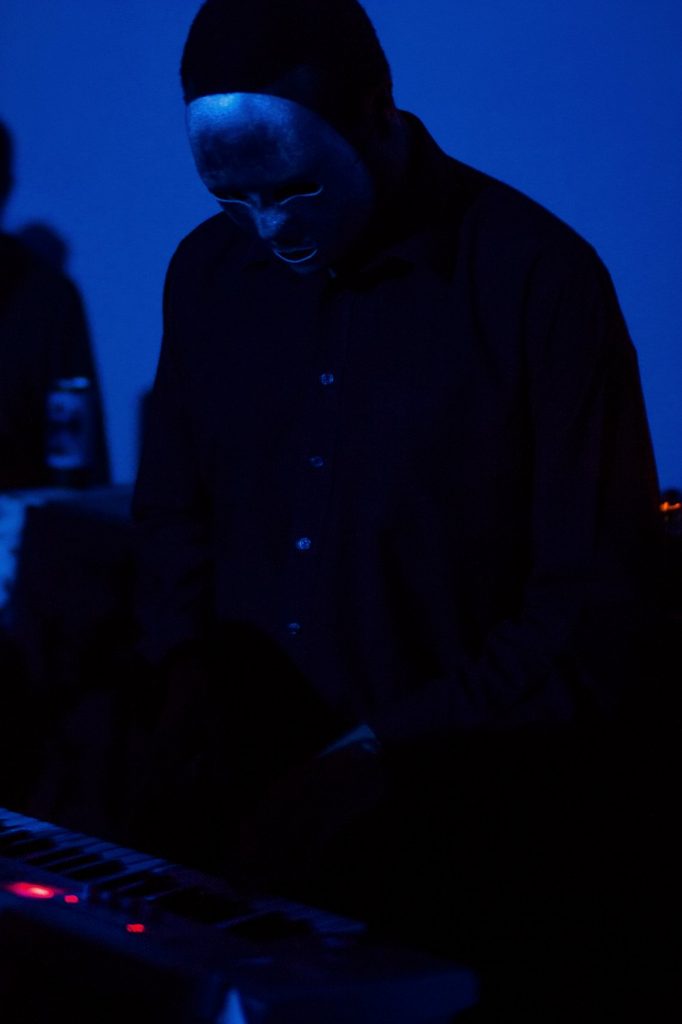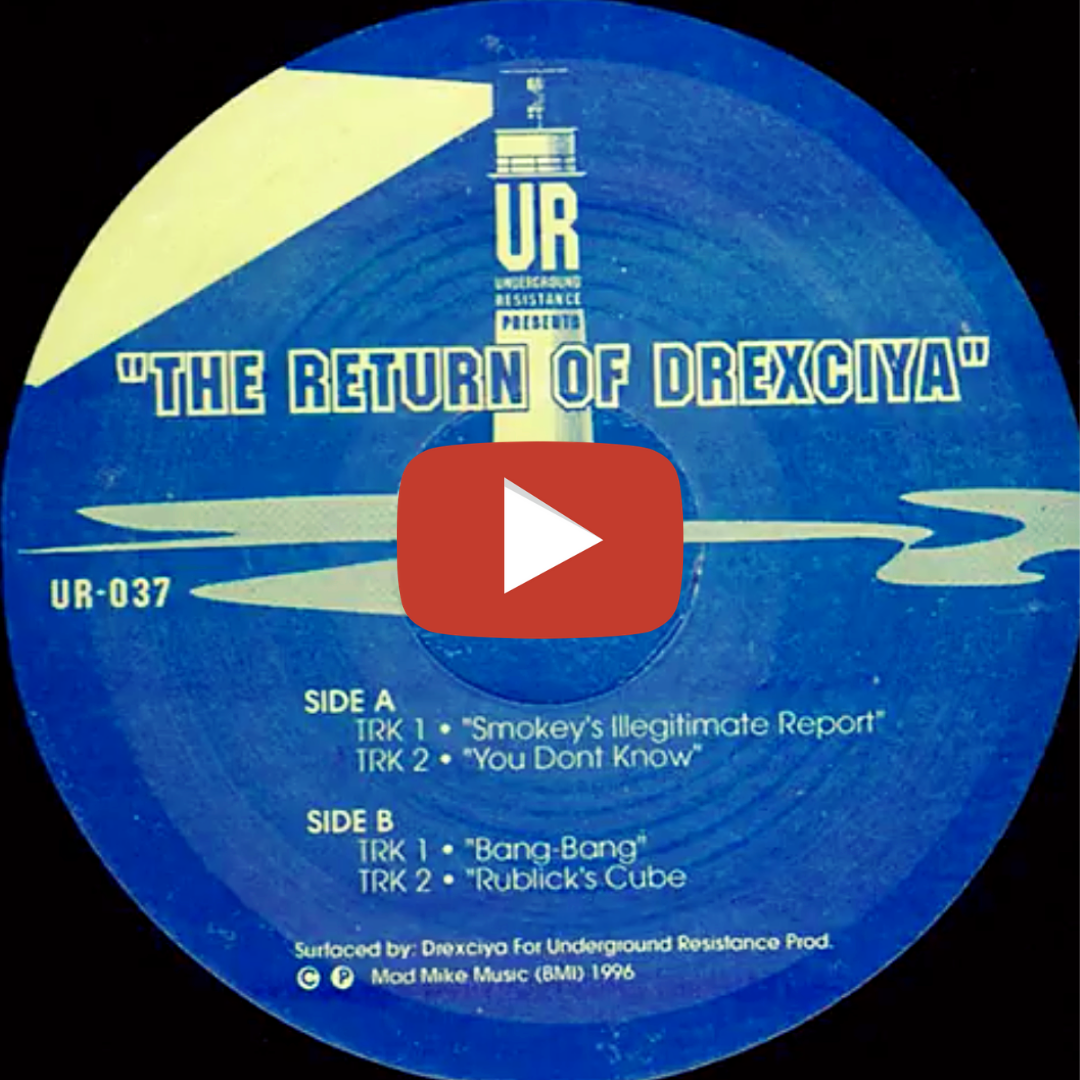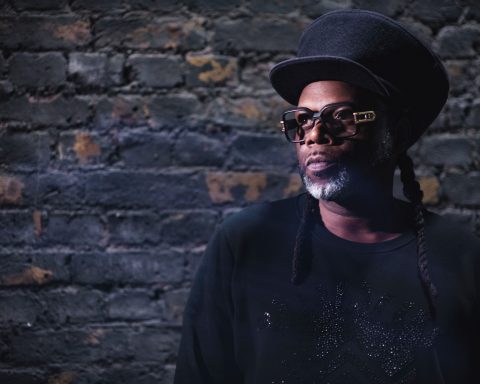The act of hiding an artist’s likeness from public view has become something of a marketing ploy. These cartoonish efforts aren’t meant to create a narrative or allow music to take center stage. Instead, they are ploys to create buzz. Such was not the case for Detroit’s enigmatic duo Drexciya. Staunch supporters of the underground, they submerged themselves beneath a self-created Afrofuturist myth.
An Underwater Mythology
James Stinson and Gerald Donald began to tease the nautical parable from the start. Drexciya did so with artwork, titles, and the electro-meets-Detroit sound of their 1992 debut, “Deep Sea Dweller.” The pair didn’t even allow their full artistic vision to surface until their 1997 album The Quest. They used the liner notes to finally reveal the story of Drexciya.
Drexciya was a Black Atlantis. The nation beneath the waves were descendants of pregnant women tossed from slave ships during the middle passage. The children of those women, having learned to breathe underwater in the womb, were born into a sub-aquatic environment.
Shrouded in Mystery
Drexciya’s electro embraced the dystopian energy of a post-industrial Detroit. However, it was also part of the mythology. Their synth work took on the dreamy feel of a liquified world. Water is one of the most powerful forces on the planet.
This idea emerges in the uncompromising power of their sub-thumping beats. The duo remained shrouded in a veneer of mystery for most of their careers. Still, they released records on the Underground Resistance, Tresor, Clone, and Warp labels.

Solving the Puzzle
By the arrival of its 7th EP, The Return of Drexciya, Drexciya’s prolific output was as established as its nautical themes. The four-tracker contained one of their most recognizable songs, “Rublick’s Cube.” Its name a play on the ubiquitous puzzle, Donald and Stinson were hinting at the nature of their mysterious mythos.
The Sound of the Future
What’s immediately evident is how crisp the drums sound. This was due in no small part to Roland’s TR-606 Drumatix. Like its siblings the 808, 909, and 303, the 606 wasn’t an immediate market success. Futurists like Drexciya and their ilk played to the strengths of these cutting-edge instruments.
In the process, they crafted the blueprint for the DIY spirit of dance and rave culture. The 606 had a sharp snare and a particularly cutting set of hi-hats. They chopped straight through the mix giving electro tunes a metallic quality.
Dark and enigmatic, the main synth elements stutter and pop. Throughout, they provide a counterpoint to the grimy arpeggiated bassline. Drexciya claimed to perform each of their tracks live in the studio sans sequencers.
That live feel reveals itself when the main synth slithers back to the forefront half-way into the track. The modulations weave in and out as a drone creeps in. As the track winds down, and the drums disappear, only stark chords remain. It’s a disquieting feeling—like being adrift on an endless sea.

An End Too Early
Drexciya continued to release music at a blinding rate until Stinson’s death from a heart condition in 2002. They remained mysterious, locked in the studio, never emerging to perform. The group granted few interviews. When they did show up to one in person, both covered their faces, even on the radio.
Stinson communicated their ethos best in a 1997 interview with Tim Barr for Muzik. He stated, “Too many records just go from point A to point A. Our material zig-zags. We want to take you from point A to infinity. The music is there to implant in your imagination and let your psyche take over and run wild.”







